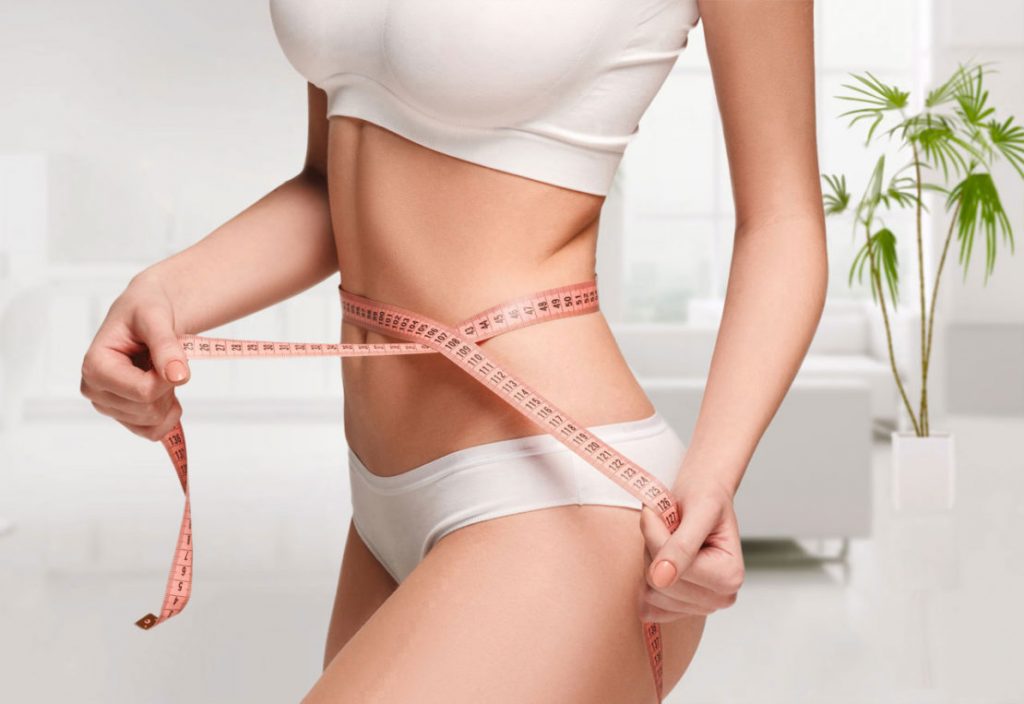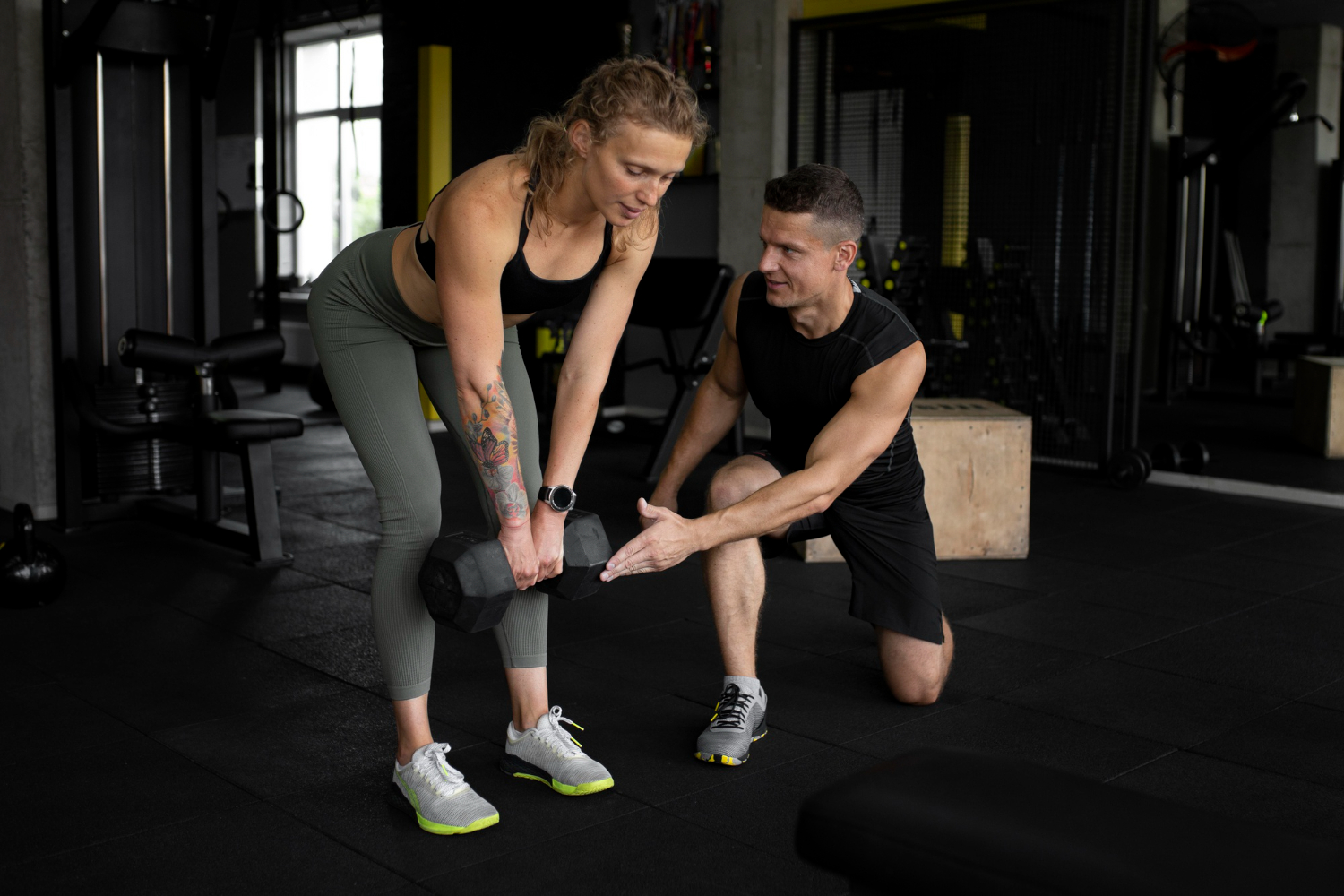
Introduction
In the world of cosmetic enhancements, fat transfer surgery has gained significant popularity for its ability to sculpt and contour the body effectively. One of its key applications lies in body contouring procedures, where it plays a pivotal role in reshaping and enhancing various body areas to achieve desired aesthetic outcomes.
Understanding Body Contouring Procedures
Before delving into the specifics of Fat Transfer Surgery in Dubai, it’s essential to grasp the concept of body contouring. Body contouring encompasses a range of surgical and non-surgical procedures aimed at improving the shape and appearance of the body. These procedures target areas such as the abdomen, buttocks, thighs, and arms to remove excess fat, tighten loose skin, and create more proportionate contours.
What is Fat Transfer Surgery?
How Fat Transfer Works
Fat transfer, also known as fat grafting or lipofilling, involves the removal of excess fat from one part of the body and transferring it to another area that requires augmentation or enhancement. This technique utilizes the patient’s own fat cells, making it a safe and natural option for body sculpting.
Types of Fat Transfer Procedures
There are various techniques used in fat transfer surgery, including:
- Autologous Fat Transfer: Involves harvesting fat from the patient’s own body, typically from areas like the abdomen or thighs, and injecting it into the target area.
- Microfat Transfer: Utilizes smaller fat particles for more precise contouring, often used in facial rejuvenation procedures.
- Nanofat Transfer: Involves processing the fat to extract stem cells and growth factors, promoting tissue regeneration and skin rejuvenation.
The Role of Fat Transfer in Body Contouring
Enhancing Body Proportions
Fat transfer surgery offers a versatile solution for enhancing body proportions and symmetry. By strategically injecting fat into areas with volume deficiencies, such as the buttocks or breasts, surgeons can create a more balanced and harmonious physique.
Sculpting Specific Areas
One of the primary advantages of fat transfer is its ability to sculpt specific areas with precision. Whether it’s adding volume to the cheeks, smoothing out facial wrinkles, or augmenting the hips, fat transfer allows for customized contouring tailored to the patient’s aesthetic goals.
Natural-Looking Results
Unlike synthetic implants, fat transfer results in a more natural-looking outcome since it uses the body’s own tissues. The transferred fat integrates seamlessly with surrounding tissues, providing a smooth and natural contour that ages gracefully over time.
Advantages of Fat Transfer Surgery
Minimally Invasive
Fat transfer procedures are minimally invasive compared to traditional surgical techniques, resulting in less scarring, shorter recovery times, and reduced risk of complications. Patients can typically resume their normal activities within a few days post-surgery.
Long-Lasting Results
While some fat absorption may occur initially, the majority of transferred fat cells remain viable in their new location, providing long-lasting results that can endure for years with proper maintenance.
Reduced Risk of Allergic Reactions
Since fat transfer utilizes the patient’s own tissues, there is minimal risk of allergic reactions or rejection, making it a safer option for individuals with sensitivities to synthetic materials.
Considerations Before Undergoing Fat Transfer Surgery
Before undergoing fat transfer surgery, it’s essential to consider several factors:
Eligibility Criteria
Not everyone is a suitable candidate for fat transfer surgery. Ideal candidates should be in good overall health, have sufficient donor fat for harvesting, and have realistic expectations about the outcomes.
Realistic Expectations
While fat transfer can produce significant improvements in body contours, it’s important for patients to have realistic expectations about the results. A thorough consultation with a qualified plastic surgeon can help assess candidacy and discuss achievable goals.
Consultation with a Qualified Surgeon
Choosing a board-certified plastic surgeon with extensive experience in fat transfer procedures is crucial for achieving optimal results and minimizing the risk of complications. During the consultation, the surgeon will evaluate the patient’s anatomy, discuss their aesthetic goals, and tailor a treatment plan to suit their individual needs.
The Procedure: What to Expect
Pre-Operative Preparations
Before the surgery, patients will undergo a comprehensive evaluation to ensure they are physically and mentally prepared for the procedure. This may include medical tests, pre-operative instructions, and discussions about anesthesia options.
Surgical Process
The fat transfer procedure typically involves several steps:
- Harvesting: The surgeon removes excess fat from the donor site using liposuction techniques.
- Processing: The harvested fat is processed to isolate viable fat cells and remove excess fluids and impurities.
- Injection: The purified fat cells are carefully injected into the target area using small cannulas, ensuring even distribution and natural-looking results.
Recovery Period
Following fat transfer surgery, patients may experience some swelling, bruising, and discomfort in the treated areas. However, these symptoms are temporary and can be managed with pain medication and proper post-operative care. Most patients can return to work and normal activities within a week, although strenuous exercise should be avoided for several weeks to allow for optimal healing.
Potential Risks and Complications
While fat transfer surgery is generally safe, like any surgical procedure, it carries some risks and potential complications:
- Infection: Although rare, infection can occur at the surgical sites and may require antibiotic treatment.
- Uneven Fat Distribution: In some cases, the transferred fat may not integrate evenly, resulting in irregular contours that may require additional touch-up procedures.
- Fat Absorption: While the majority of transferred fat cells survive, some degree of fat absorption may occur over time, necessitating periodic maintenance treatments to maintain optimal results.
Cost Considerations and Affordability
The cost of fat transfer surgery can vary depending on factors such as the extent of the procedure, the surgeon’s expertise, and the geographic location of the practice. It’s important for patients to obtain detailed cost estimates during the consultation process and explore financing options if needed.
Testimonials and Success Stories
Many individuals who have undergone fat transfer to buttocks report high levels of satisfaction with their results. Testimonials and success stories from previous patients can provide valuable insights into the benefits and outcomes of the procedure, helping prospective patients make informed decisions about their own treatment journey.
Conclusion
Fat transfer surgery plays a crucial role in body contouring procedures, offering a safe, effective, and natural solution for enhancing body proportions and achieving desired aesthetic outcomes. With its minimally invasive approach, long-lasting results, and versatility in contouring specific areas, fat transfer has become a popular choice for individuals seeking to sculpt and redefine their silhouette.








